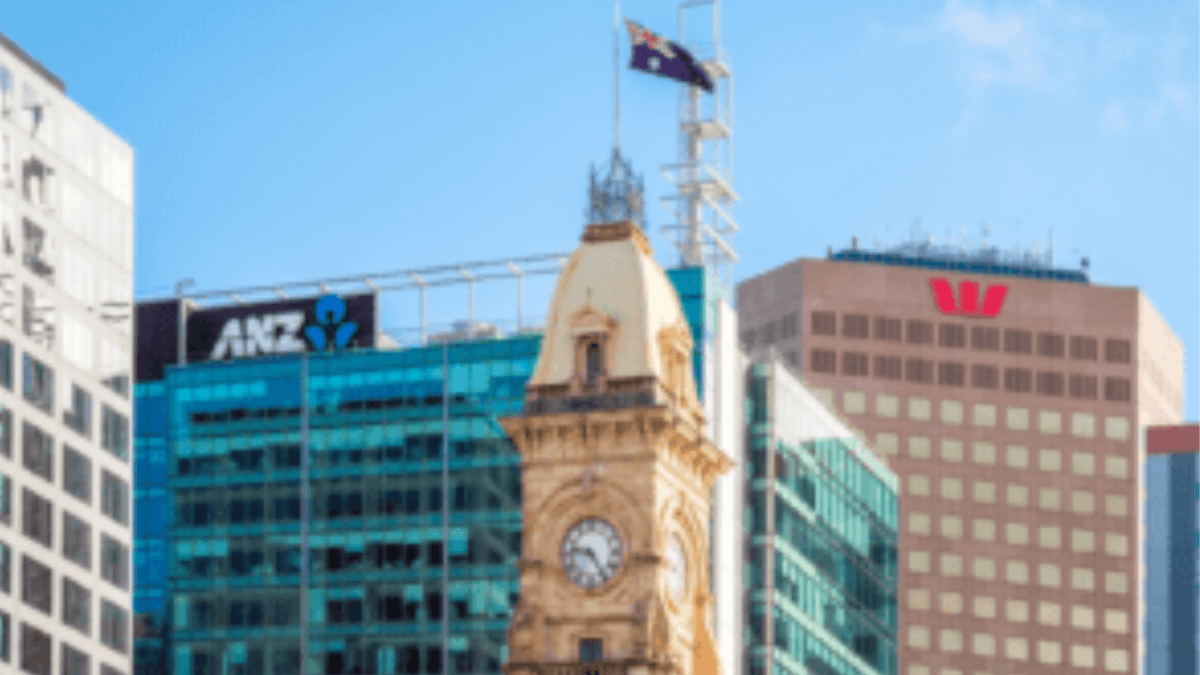Gold to rise with focus on rising costs, rates and war
While investors have turned to gold to help offset the pressures of soaring inflation, its price is down 10.89 per cent for the last 6 months due to increasing interest rates, political uncertainty and rising prices.
According to research released by the World Gold Council’s gold mid-year outlook 2022 report, “gold will likely remain reactive to real rates, driven by the speed at which global central banks tighten monetary policy in an effort to control inflation”.
“Rates and inflation were two of the most important contributors to gold’s performance in 2022,” the report highlighted. Gold usually rises as interest rates fall. That’s because gold becomes more attractive as earned interest goes to zero. The opposite is also true.
The transition to a higher-interest rate and inflation regime triggered a world-wide sell-off in gold assets. At the same time safe-haven bonds turned volatile. Fixed bond prices fell, caused by higher interest rates as the market quickly adjusted to the notion that rates would increase more than expected.
Gold investment platform Rush Gold has long been signaling that as bond investors sell-out they will need to rotate into another capital preservation asset.
“Gold is one of the few possible capital preservation options that meets these requirements and could be the recipient of large inflows as a result,” a Rush Gold representative stated.
Given the size of bond markets globally, the replacement asset will need to be very widely traded, global, and with enormous daily liquidity. Gold is one of the few possible capital preservation options that meets these requirements and could be the recipient of large inflows as a result.”
According to Rush Gold inflation has well and truly arrived, but action to contain it is proving tougher than first thought.
“Here in Australia, they also continue to add petrol to the inflation fire by continuing to print money to pay for ever-higher spending. Yesterday the new government announced another large new entitlement (spending) program, and last month New South Wales announced a 26 per cent increase in government spending over 2021. These are both likely to provide additional upward inflationary pressure.
“While the current inflationary environment appears to mimic that of the 1970’s, conditions may be largely the same, the available fixes are not. Back in the 70s interest rates were raised to 20 per cent to slow wages,” explained Rush Gold.
Recent gold price weakness in July 2022 could provide the entry point for just such a strategy.
“If gold reacts to inflation in just a fraction of the way it did in the 1970’s (with gold rising from $35 to more than $800 per ounce), then investors will be thankful they took note of these historical parallels”.









